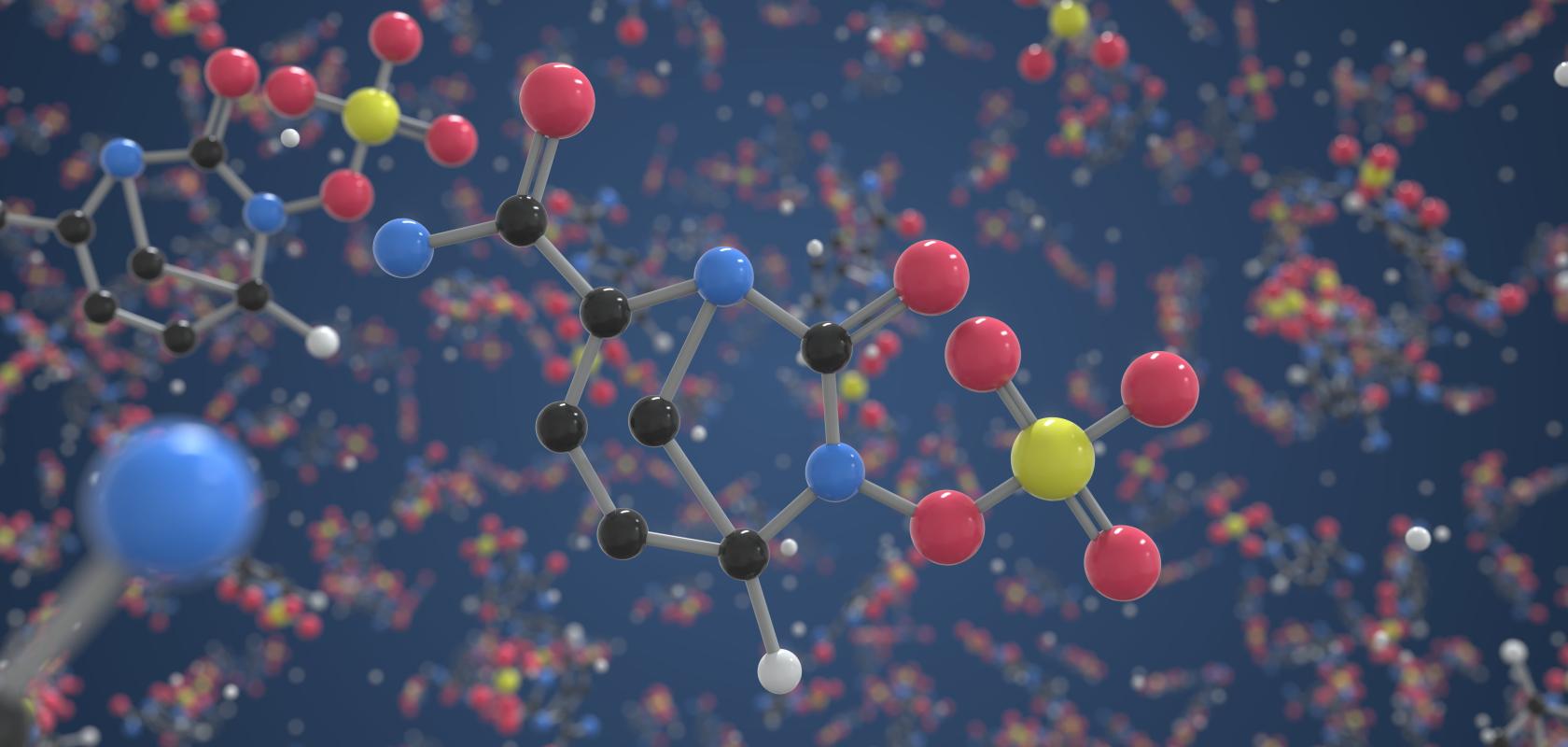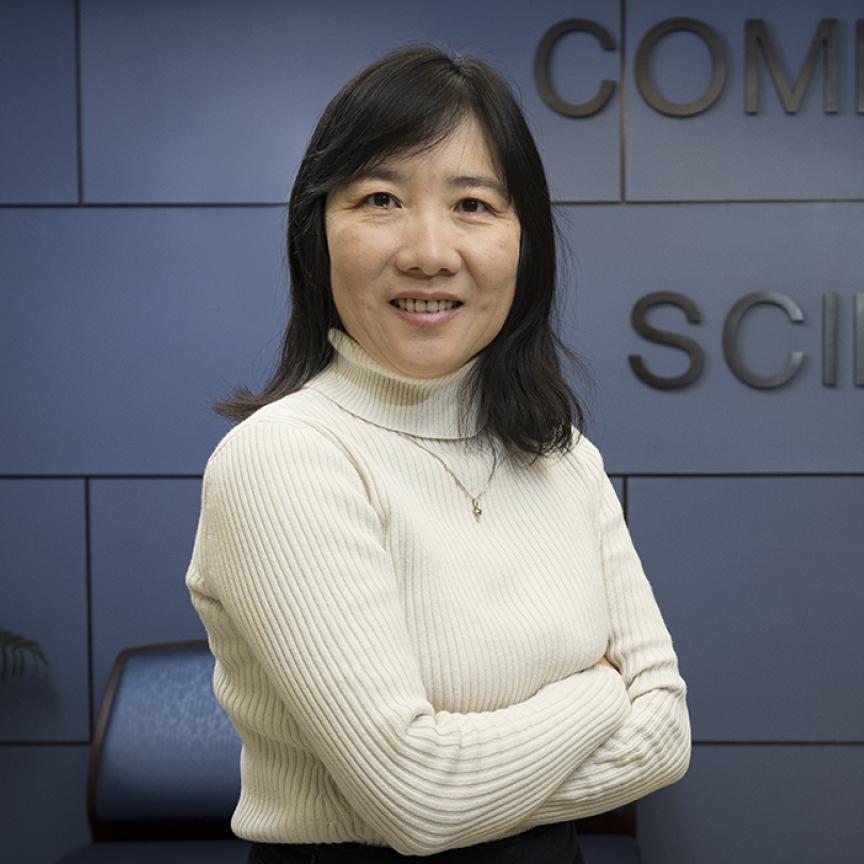With the increasing use of artificial intelligence (AI), particularly in the identification of drug targets, there is a growing interest in digital solutions that empower chemists to innovate and synthesise new molecules.
Standigm uses Synthia Retrosynthesis Software from Merck KGaA, Darmstadt, Germany, to accelerate its drug design and synthesis processes driving advancements in pharmaceutical development. Standigm has developed a leading platform, in partnership with Merck and its Synthia Retrosynthesis Software, to streamline the development of pharmaceuticals.
“There are many challenges in molecule pathway development, such as thousands of possible reactions, issues with reproducibility and speed of designing reasonable pathways,” according to Ewa Gajewska, Head of Product Management, Synthia.
“Within the Synthia Retrosynthesis Software suite, there are a number of tools that can help in drug discovery, including Synthia WebApp,” says Gajewska. “This can be used for path planning for single targets, automatic retrosynthetic analysis for entire target libraries (through our Shared Path Library), and target library generation (through our Diversity Library).
“In addition, Synthia API can help with prediction of synthetic accessibility scores, with results integrated into a customer’s molecule discovery solutions.
“Synthia is built on several pillars, including expert-coded rules (programmed and verified by PhD-level scientists), algorithms responsible for chemical logic as well as searching and strategising algorithms, which helps identify pathways.
“There are also limitless customisations available to users, according to the demands of the particular project, such as avoiding certain reagents or toxic molecules.”
Gajewska explains that the results can be presented in three different ways: as building blocks, as bond disconnections, or as pathways.
“The Shared Path Library allows users to prioritise routes with shared synthetic steps. Users can upload a library of target molecules they want to synthesise and Synthia will identify the synthetic pathways that have the highest number of common intermediates and starting materials, prioritising the pathways with late-stage functionalisation,” she says.
“The Diversity Library allows for the generation of a target library based on a synthetic pathway. The user selects the starting materials that they want to diversify.
“Then, Synthia searches for target structure variations based on its huge database of commercially available starting materials and the entire power of its reaction rules and chemical logic algorithms. This ensures that generated molecules will be chemically correct and synthesisable.”
The Synthia API comprises two main components: the Synthetic Accessibility Score (SAS) API and Full Retrosynthesis API.
“The SAS predicts how easy it will be to make a molecule based on the molecular structure, with calculation times as fast as 25ms per molecule or up to 100,000 molecules per hour,” says Gajewska.
“The Full Retrosynthesis API allows users to connect results from Synthia WebApp with users’ own molecular design software.
“Synthia helps users in multiple ways: it reduces the risk of overlooking a valuable pathway; it shortens the time of finding the best synthetic route; it finds pathways best suited to a particular user’s needs; it can optimise synthesis globally for multiple targets; it can generate novel target structures; it can quickly filter molecule sets based on synthesisability; and it can connect with other tools using the API.”
Standigm, a Synthia customer, uses AI to accelerate the drug discovery from target identification to market-ready therapeutics, operating both an AI Research Centre and a Drug Discovery Centre. You Young Song, who is Standigm’s principal AI scientist, says: “We use two major AI platforms that we have developed: ASK, for novel target identification; and BEST, for novel compound design.
“Our in-house drug discovery team uses ASK and their own knowledge to identify targets, before handing over to our AI team, who use the STELLA functionality within BEST to ensure the right molecules are identified for multi-parameter optimisation. We use the Synthia SAS API to filter out any molecules that are difficult or impossible to synthesise. The SAS API applies a score to the candidates within minutes, allowing for rapid decision-making. At this stage, we reduce the candidate pool to around 1 to 2,000 molecules.
“After generation, we use Synthia Full Retro API to further filter and screen the molecules for synthesisability. This enables us to further reduce candidates to around 200, before they are reviewed by our team of medicinal and computational chemists in the Drug Discovery Centre. Using a combination of their expertise and the retrosynthesis path information contained within [the] Synthia web app, they decide which molecules are most suitable for synthesis. After the Drug Discovery Centre experiments with the design candidates, feedback is provided to the AI Research Centre, who use this to refine and design the next generation of molecules. By using Synthia, we have increased the number of molecules our computational chemists review by 40%, as well as improving the ratio of synthesisable molecules (to hard to synthesise ones) by 16%. It has also improved collaboration between the AI Research Centre and the Drug Discovery Centre.”
www.synthiaonline.com


